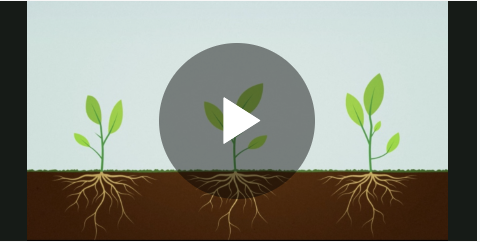
Back in 2021, researchers at Australia’s Momash University discovered that bacteria in the Antarctic could pull hydrogen from the air for fuel. The team included Pok Man Leung, PhD candidate in Microbiology, Monash University; Chris Greening, Associate professor, microbiology, Monash University, and Steven Chown, Director, Securing Antarctica’s Environmental Future, Monash University
Since then they have been able to identify the enzyme responsible for sucking the hydrogen out of the air and converting it into electricity at a very efficient rate and with what’s described as great stability
The enzyme comes from a soil-dwelling bacterium called Mycobacterium smegmatis.
“We’ve known for some time that bacteria can use the trace hydrogen in the air as a source of energy to help them grow and survive, including in Antarctic soils, volcanic craters, and the deep ocean,” says Professor Chris Greening, from the Monash University Biomedicine Discovery Institute.
“We knew there must be an enzyme to do this,” says Dr Rhys Grinter, also from Monash. He says that it took nearly five years to find the enzyme, which they’ve called Huc. “Unlike all other known enzymes and chemical catalysts, it even consumes hydrogen below atmospheric levels – as little as 0.00005% of the air we breathe.”
It can also be stored in its purified form for a long time. “It is astonishingly stable. It is possible to freeze the enzyme or heat it to 80°C, and it retains its power to generate energy,” says Ashleigh Kropp, a PhD student at Monash.
At the moment, and not surprisingly, the scale is quite small, but the researchers say the bacteria is easy to grow in large quantities. “We’re confident, based on other work that has been done with catalysts, that if we scale that up and put it into an electric device, we could use it to power something like a wristwatch as a proof of concept,” says Grinter.
Like most things, progressing beyond that scale will require funding, so don’t…hold your breath.
They’ve published their findings in Nature.










